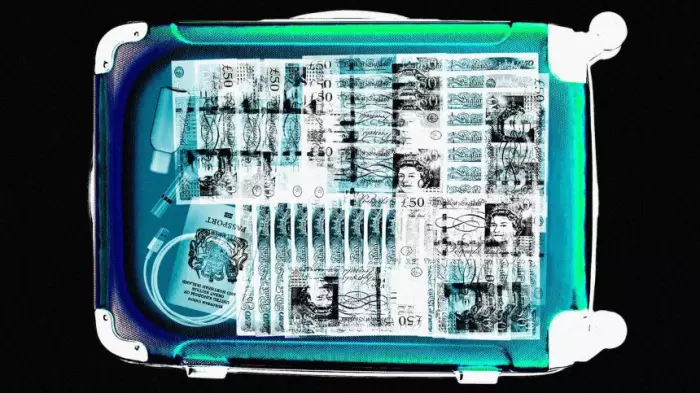The local government elections next month have highlighted the importance of healthcare as an issue, now that district health boards (DHBs) are being replaced with a new highly centralised national bureaucracy, Te Whatu Ora (Health New Zealand).
From 1938 to June this year, healthcare was provided under a national system which also included a second important statutory point of decision-making at a local level.
This recognised that, overwhelmingly, healthcare was provided locally in hospitals and communities, mainly through general practices. So, it was logical that a reasonable degree of decision-making should be done at this level.
This provided a health system with two points of statutory decision-making:
- Vertical – central government to DHBs
- Horizontal – DHBs to communities defined by geography.
The effect of the restructuring, which took effect on July 1, was to remove the horizontal point of statutory decision-making.
Under the Local Government Act 2002, city and district councils have existing express public health responsibilities of a 'protective' nature.
These include infrastructure strategies to maintain or improve public health outcomes or mitigate adverse effects on them: identifying, assessing and acting on public health risks of drinking and other water; requiring bylaws relating to trade waste; and complying with the Food Act 2014, such as ensuring food safety in hospitality outlets.
NZ had statutory decision-making authorities in the district health boards, but local government didn't need to be involved in supplying districtwide healthcare to the community, like general practices, or public hospitals.
Some councils, such as Kāpiti Coast District Council, did engage with their DHB over improving healthcare access. But it was not seen as part of their core council business.
How this has changed
This all changed on July 1 when the Pae Ora Act came into force. Abolishing the DHBs meant that two points of statutory decision-making became one. So now, NZ’s health system is vertically controlled and much more centralised.
One thing I've learnt from my years in the health system is the importance of voice – from health professionals and communities. Voice can influence decisions. This voice can be either behind closed doors as DHBs often did with government, or in public (or both).
No voice or a muted one means no, or little, influence.
Centralising vertically has other effects. One is, that the more the health system is centralised, the more transparency reduces. This is much more than having board meetings open to the media, except for confidentiality and commercial sensitivity.
That's an issue that Te Whatu Ora has recently got itself into a right pickle over.
It includes, but isn't restricted to, the background papers to DHB board meetings that journalists used to have access to. They were often rich with relevant data and discussion about them was very much in the public interest.
Where are the community voices?
The government and Health NZ would say that local community voices over access to healthcare services will now come from the 80 new localities to be set up under the new act. Each locality is to have locality plans.
Unfortunately, the facts don’t support this claim.
First, only nine have been announced. This includes ones that are not even functioning. They can be compared with builders’ scaffolding covering a non-existent building. Further, the 80 in total are not scheduled to be in place until July 2024.
Second, the geographic areas of localities will be decided by Te Whatu Ora and so will their leadership.
Third, Te Whatu Ora will also decide the locality plans. In other words, localities will be top-down creations required to follow a top-down line.
This means that local government will need to step up to fill the vacuum created by abolishing the DHBs. Providing a strong voice should be part of core council business to make sure its populations get access to the quality healthcare services they need and deserve.
Local government should try to work with Health NZ’s eventual localities once they are formed. But it needs to shape what this healthcare access should look like and forcefully advocate for how it's set up.
If the locality supports a city or district council’s vision, that's good. But, if the locality is too compromised by centralised control, then regardless, councils should be the voice on how access to healthcare for their populations should be improved.
No one else can do this with as much effect and with as many resources behind it.
However, this is not about councils becoming providers of healthcare. They shouldn't be. They don’t have the workforce and skills for this task.
What's more, the provision of healthcare is what New Zealanders pay their taxes for. This responsibility shouldn't be shifted to ratepayers.
Healthcare access becoming part of its core business is new territory for local government. But it's consistent with its responsibilities for defined populations. It is a step up from health protection to the healthcare access advocacy we need after the loss of voice following the abolition of DHBs.














